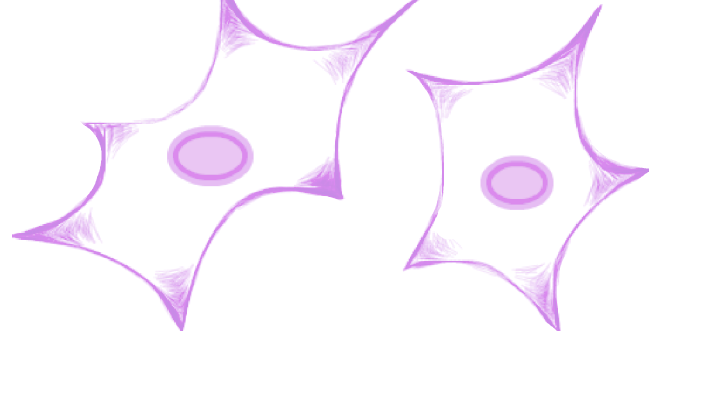| Process: |
GO:6355; regulation of transcription, DNA-templated
GO:45892; negative regulation of transcription, DNA-templated
GO:45893; positive regulation of transcription, DNA-templated
GO:6338; chromatin remodeling
GO:6357; regulation of transcription by RNA polymerase II
GO:122; negative regulation of transcription by RNA polymerase II
GO:8285; negative regulation of cell population proliferation
GO:9615; response to virus
GO:32088; negative regulation of NF-kappaB transcription factor activity
GO:45944; positive regulation of transcription by RNA polymerase II
GO:32689; negative regulation of interferon-gamma production
GO:46007; negative regulation of activated T cell proliferation
GO:43433; negative regulation of DNA-binding transcription factor activity
GO:42110; T cell activation
GO:32693; negative regulation of interleukin-10 production
GO:45591; positive regulation of regulatory T cell differentiation
GO:43029; T cell homeostasis
GO:1818; negative regulation of cytokine production
GO:42130; negative regulation of T cell proliferation
GO:35066; positive regulation of histone acetylation
GO:2362; CD4-positive, CD25-positive, alpha-beta regulatory T cell lineage commitment
GO:32831; positive regulation of CD4-positive, CD25-positive, alpha-beta regulatory T cell differentiation
GO:50777; negative regulation of immune response
GO:32703; negative regulation of interleukin-2 production
GO:2725; negative regulation of T cell cytokine production
GO:32700; negative regulation of interleukin-17 production
GO:32792; negative regulation of CREB transcription factor activity
GO:2667; regulation of T cell anergy
GO:2000320; negative regulation of T-helper 17 cell differentiation
GO:1782; B cell homeostasis
GO:2262; myeloid cell homeostasis
GO:2456; T cell mediated immunity
GO:2507; tolerance induction
GO:2513; tolerance induction to self antigen
GO:2637; regulation of immunoglobulin production
GO:2666; positive regulation of T cell tolerance induction
GO:2669; positive regulation of T cell anergy
GO:2677; negative regulation of chronic inflammatory response
GO:2851; positive regulation of peripheral T cell tolerance induction
GO:9314; response to radiation
GO:10467; gene expression
GO:10628; positive regulation of gene expression
GO:10629; negative regulation of gene expression
GO:14045; establishment of endothelial blood-brain barrier
GO:31064; negative regulation of histone deacetylation
GO:32496; response to lipopolysaccharide
GO:32713; negative regulation of interleukin-4 production
GO:32714; negative regulation of interleukin-5 production
GO:32715; negative regulation of interleukin-6 production
GO:32720; negative regulation of tumor necrosis factor production
GO:32753; positive regulation of interleukin-4 production
GO:32914; positive regulation of transforming growth factor beta1 production
GO:33092; positive regulation of immature T cell proliferation in thymus
GO:35067; negative regulation of histone acetylation
GO:48294; negative regulation of isotype switching to IgE isotypes
GO:48302; regulation of isotype switching to IgG isotypes
GO:50672; negative regulation of lymphocyte proliferation
GO:50687; negative regulation of defense response to virus
GO:50728; negative regulation of inflammatory response
GO:50852; T cell receptor signaling pathway
GO:1901355; response to rapamycin
GO:48513; animal organ development
GO:2361; CD4-positive, CD25-positive, alpha-beta regulatory T cell differentiation
|
